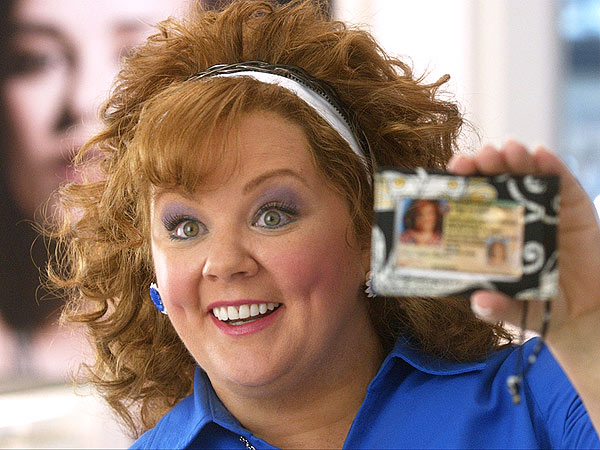LONDON — Few things divide British eating habits from those of continental Europe as much as a distaste for consuming horse meat, so the news that many Britons may have unknowingly done so has prompted alarm among consumers and plunged the country’s food industry into crisis.
A trickle of discoveries of horse meat in burgers, first found in Ireland last month, has turned into a steady stream, culminating in the revelation that lasagna labeled beef from one frozen food big retailer, Findus, was in some cases 100 percent horse meat.
With concern growing, the Food Standards Agency ordered retailers to test all processed food, and large notices have been displayed in British supermarkets seeking to calm worried customers. The scandal has raised new concerns about the standards applied by the meat processing industry, and fueled worries about what exactly has been going into cheaper burgers consumed in millions in British schools, hospitals and prisons.
Meat from horses is no more harmful than that from cattle, though there were some fears — as yet not substantiated by tests — that phenylbutazone, an equine drug, could find its way into the food chain.
But the labeling of horse meat as beef has breached one of the great culinary taboos of Britain, a country that prides itself on its love of certain animals, particularly horses.
The fact that the source of the meat appears to have been mainland Europe, where the consumption of horse meat is more common, has only increased the continental divide.
“It is completely unacceptable that a product which says it’s beef lasagna turns out to be mainly horse meat,” the environment secretary, Owen Paterson, said in a statement. “Consumers have a right to expect that food is exactly what it says on the label.”
He added, “The presence of unauthorized ingredients cannot be tolerated. This is especially true when those ingredients are likely to be unacceptable to consumers, or where there is any conceivable risk to human health.”
The latest episode came to light when Findus withdrew the beef lasagna products after Comigel, its French supplier, raised concerns about the type of meat used, while maintaining that food safety was not at risk. Some supermarkets have also removed products made by Comigel.
Earlier, Irish food inspectors revealed that some horse meat, which is cheaper than beef, had been found in some burgers stocked by a number of British supermarket chains, including Tesco, Iceland and Lidl. The meat was supplied by two plants in Ireland.
After millions of burgers were removed from supermarket shelves in Ireland and Britain, Poland was identified as the source of that horse meat.
The Irish agriculture minister, Simon Coveney, said he had instructed the police to join an inquiry conducted by his department’s special investigation unit after tests on Monday evening confirmed 75 percent equine DNA in a raw material ingredient at the Rangeland Foods processing plant in County Monaghan.
That was the fifth such instance at processing plants across Ireland over the last month. The latest discovery follows similar incidents last month in the Irish Republic and in Northern Ireland, where samples from other beef processing plants contained up to 80 percent horse DNA.
On Tuesday, the chief executive of the Food Safety Authority of Ireland, Alan Reilly, said fraud was behind the mislabeling of meat, which had been traced to Poland.
“We are no longer talking about trace amounts,” he told RTE, the national broadcaster. “We are talking about horse meat. Somebody, some place is drip-feeding horse meat into the burger manufacturing industry. We don’t know exactly where this is happening.”
A Grant Thornton report released last week before the announcement on Monday of the latest discovery expressed concern about the fallout from the horse meat fiasco.
“The recent issue with traces of imported horse DNA in beef burgers could translate into millions of euro lost for the industry,” it said.










